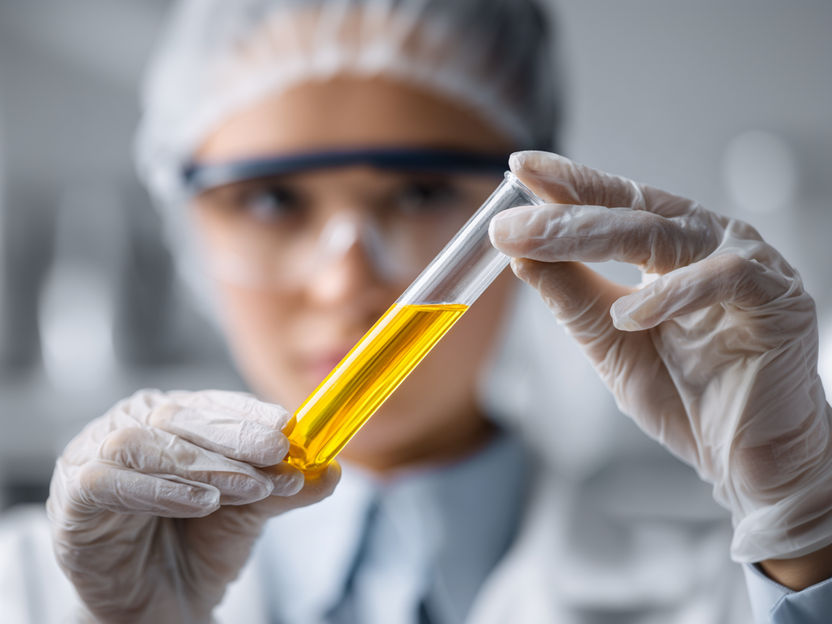Birthing a new breed of materials
Advertisement
Where two different materials meet on the atomic level, a new material can be born that is neither one nor the other. The two parent materials do not mix – they remain distinct from one another – but their marriage begets a strange child with properties unlike those of either parent. These so-called interfacial materials are considered to be a breed of materials in their own right, and, thanks to recent technological advances that allow them to be fabricated in the laboratory, their real-world properties can now be explored.
"Each new interfacial material presents unexplored territory, in much the same way as the discovery of a new bulk material," Eom said. Researchers can use analogies to compare a new interfacial material to bulk materials with similar properties, he continued, "but there is always something unique about the new interfacial material that holds surprises" for the people studying it.
For one such material is born from the marriage between LaAlO3 (lanthanum aluminum oxide) and SrTiO3 (strontium titanium oxide). The parent compounds are insulating, meaning they do not conduct electricity; but the interface where they meet is conducting. Another interfacial material, made of different parent compounds, holds promise for being a topological insulator, a material that allows electrons to move along its surface in a way that fundamentally protects them from the usual defects and imperfections of a conducting substance.
Size is one of the bigger advantages of these new substances compared to bulk materials. Since their unusual behavior is confined to the atom-thin space between two compounds, interfacial materials could one day be used to make tiny devices that consume less power, Eom said.
Theorists had predicted the existence of many of these substances, but modern-day techniques for growing one thin film on top of another with interfaces that are atomically distinct from each other have now made it possible to create these materials in the laboratory.
"Advances over the last ten years in both materials experiment and theory have come together to provide our first real opportunities to broadly explore interfacial materials," Eom said. With a deeper understanding of their unusual properties, Eom continued, researchers may one day be able to customize the materials, combining theory and experiment to design interfacial materials for nanoscale applications.
Organizations
Other news from the department science

Get the chemical industry in your inbox
By submitting this form you agree that LUMITOS AG will send you the newsletter(s) selected above by email. Your data will not be passed on to third parties. Your data will be stored and processed in accordance with our data protection regulations. LUMITOS may contact you by email for the purpose of advertising or market and opinion surveys. You can revoke your consent at any time without giving reasons to LUMITOS AG, Ernst-Augustin-Str. 2, 12489 Berlin, Germany or by e-mail at revoke@lumitos.com with effect for the future. In addition, each email contains a link to unsubscribe from the corresponding newsletter.
Most read news
More news from our other portals
Last viewed contents

Tiny magnets mimic steam, water and ice
Extended shutdown at Evonik Methacrylates Verbund in Worms, Germany

Testing chemicals for a safer, more sustainable future - EU-project TOXBOX reaches 18 month-milestone
NANOIDENT Opens World's First Manufacturing Facility for Printed Semiconductor Based Opto Electronic Sensors























































